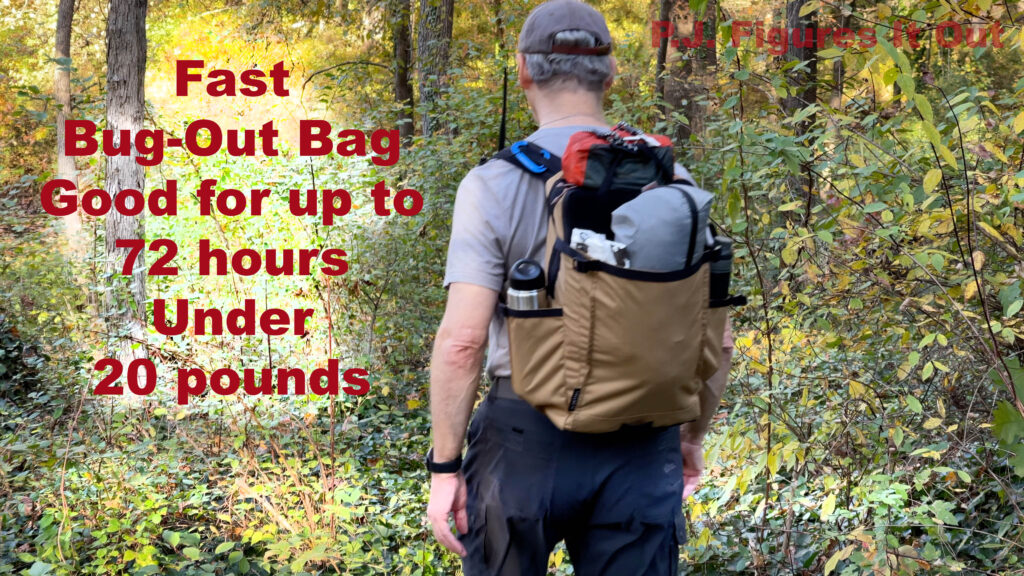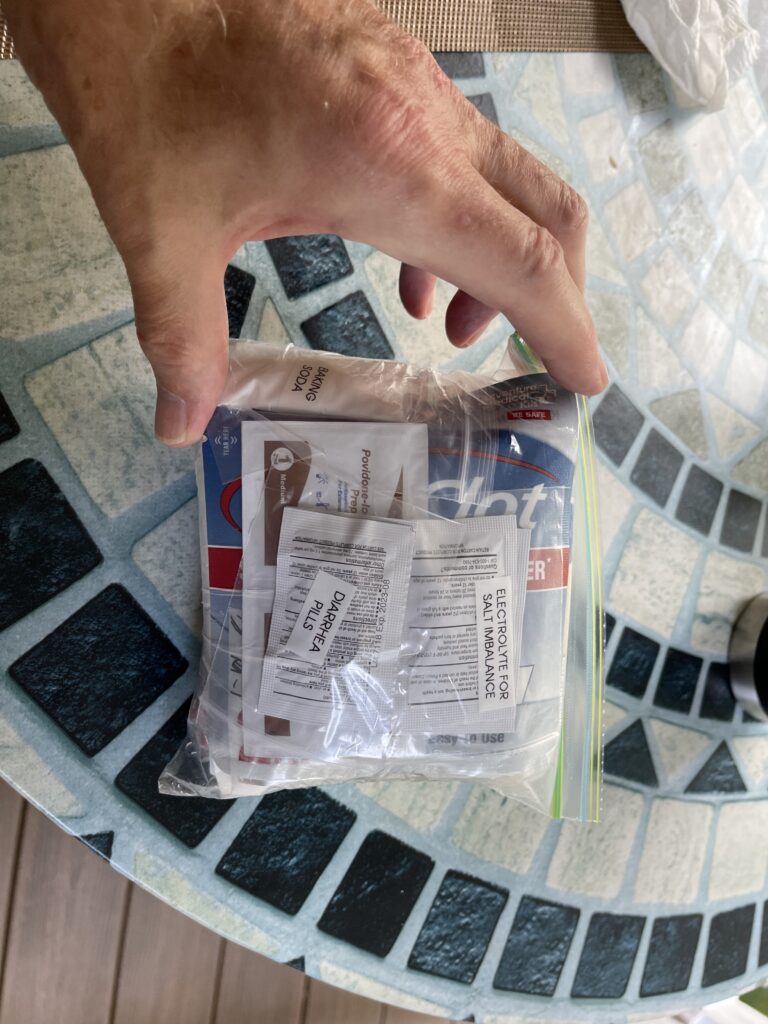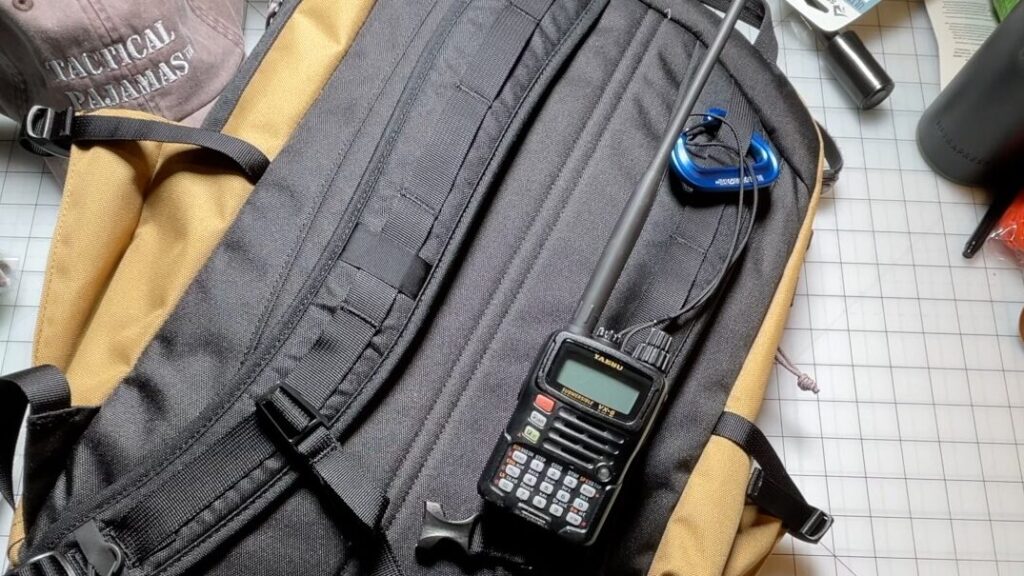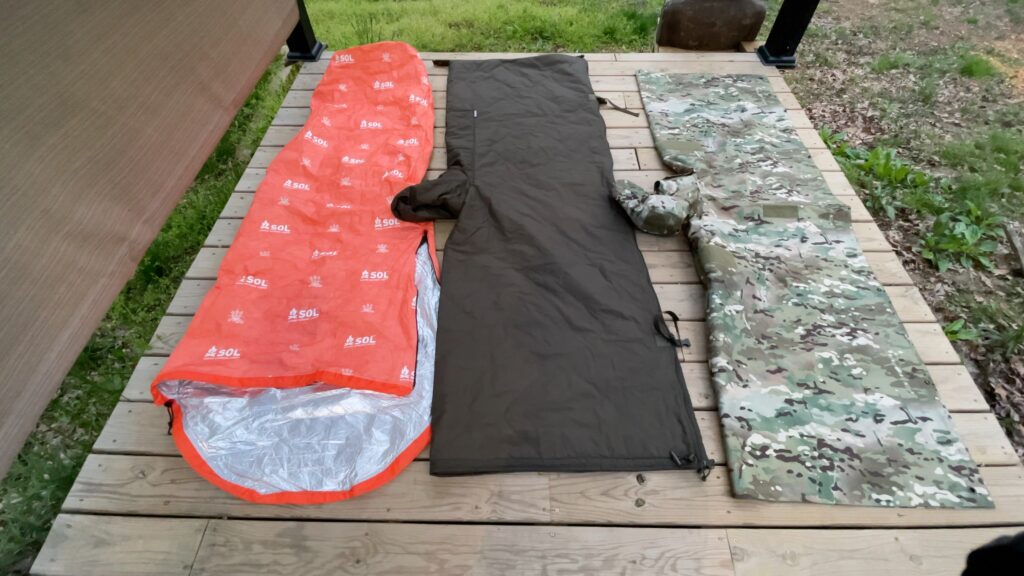The WORST thing to do with your Bug-out Bag
I read an article the other day by someone with a lot of followers, and he was talking about his bug-out bag. He said not to have a bag that looked like you were carrying too much steal-able gear, and then he shows a picture of a backpack that probably weighed about 60 pounds! I looked at his gear list, and it’s pretty incredible.
Know this— the average American (and probably most other Earth humans) will not be able to walk very far with a pack that weighs more than 20 pounds. Yes, if you are a serious hiker, after your “trail legs” come in you will be able to do 20 miles a day with 30 pounds or even more, but when you are starting out your mileage will be closer to 6-8 miles a day. Also, remember that your distance will be determined by the slowest member of your group.
Let’s take a closer look at pack weight. Most Americans are overweight, and any excess pounds should be treated as if they were pack weight. That puts a significant number of people into the 50-pound pack weight group even before they put on a backpack!
As well, pack weights for women are different than pack weights for men. Where a 155-pound man might be able to deal with a 25-pound pack fairly easily, the equivalent pack weight for a 125-pound woman would be 15 pounds.
The thing is, there is a way to cut the weight of a bug-out-bag to well under 20 pounds, and not give up much in the way of preparation or performance.

First let’s consider the sleep system. Much will depend on your local climate and the season. I switch my sleep systems out between the warm months and the cold months. For the warm months I use a Helikon Swagman backed up by an SOL Escape Bivvy. Depending on what clothing I wear this kit can take me down to 45 degrees comfortably and almost freezing for survival (though I won’t be comfortable). For winter I add a 35-degree bag and use the Swagman and the bivvy as a layer system.

I’m a former EMT, and I have designed the SABFAK. It’s a first-aid kit that can fit into a sandwich bag (SAndwich Bag First Aid Kit), which weighs six ounces and can deal with everything from amputations to gunshot wounds. Here’s the link: (SABFAK article).

The radio pictured above can receive both FM and AM broadcast bands, and everything up to 999.9 mHz. As well, it has the ability to transmit. While you should get a ham license to operate it, in an emergency the FCC allows you to transmit without one. It weighs six ounces instead of 32, and you can get a small solar charging kit for the batteries.
WHAT’S THE MOST PRACTICAL, VERSATILE, BEST-PERFORMING SLEEP SYSTEM FOR YOUR BUG OUT BAG?
I’m not copping out when I say that sleep systems are highly individual, and what’s right for one person may be totally wrong for another. But I’ve come up with a sleep system that I think is the very best possible for me, given weight, size, cost, and storage considerations.
The bag system (not including any mattress) consists of three elements:

- The Helikon Swagman poncho.
- The SOL Escape Bivvy.
- The Appalachian Gear Company All-Paca sleeping bag liner (not shown)
There is another element that can work with the system, which is the Gloryfire Breathable Poncho.
WHY THIS SYSTEM?
In a nutshell, performance, versatility, a *reasonable* amount of redundancy, and light weight. While you can get a single down sleeping bag that is under two pounds that might work down to the same temperature, you can’t split it into different elements to help partners or family members.
As well, the Helikon Swagman can work as an insulated waterproof poncho and keep you warm while you forage or sit in a hide waiting for game to pass on a cold, rainy day. The SOL Escape Bivvy can withstand moderate rain, and in warmer weather can be used as an emergency sleeping bag all on its own. The All-Paca liner can be left at home in warmer months to save weight, and in colder weather can do multiple-duty as a scarf or blanket.
The Gloryfire Breathable Poncho can be used as a lightweight sleeping bag all on its own, or used to cover the Helikon Swagman while an un-equipped partner uses the All-Paca liner and the SOL Bivvy down to about 50 degrees. The Gloryfire can also be used as a tent or tarp.
The Swagman/SOL Escape Bivvy combo is so light and effective that I have started using that system on my backpacking trips in weather where I expect nights down to 50 degrees F. Note that I combine that with use of good under-layers like an alpaca hoodie (also from Appalachian Gear Company), wool longjohns, wool socks, and a puffy balaclava. If I add the All-Paca liner to that kit I can use it down to about 30 degrees, and I consider myself to be a cold sleeper.
THE INFLUENCER SAYS: TWO KNIVES, A MACHETE, A MULTI-TOOL, AND A .357 MAGNUM.
Including the ammo, that’s seven to ten pounds right there, which is a huge amount of weight. Many ultralight backpackers claim they don’t even bring a knife along on their hikes anymore, but of course they are planning on civilization staying intact for the length of their trek.
There are several things you need to take into account when deciding whether or not to bring weapons. First, if law enforcement is still active, you can be arrested for carrying a gun, a machete, hatchet, or even a long knife. Second, if for some reason you can’t use a vehicle and you are fleeing a natural disaster like a forest fire, flood, earthquake, or volcano, speed of travel is paramount. Especially if you haven’t put in hours of training, ten extra pounds can make the difference between being able to climb a steep embankment after walking several miles or slipping back down into a raging current. Will you need to cut through heavy brush with your machete, or fight off a pack of wolves or two-legged attackers with a gun? Is all that extra weight and expense worth it? You’ll have to make that decision based on your own personal circumstances.
Many lessons were learned during the early days of the Covid lock-down, when many young people feared it was the end of civilization and tried to head off into the wilderness. Almost all of them ended up back in their parent’s basements after a couple of hungry and sleepless weeks (mine certainly did). Civilization didn’t collapse, and although a significant number of people died, for most it was no more than a bad flu, and the vast majority of people didn’t catch it at all. We waited in line to get into stores and wore masks for a year or two, but nobody starved. Laws were still enforced— though innocent people in places like Kenosha and the Seattle Autonomous Area might argue with that— and (most) people were subject to the laws of the land. Of course, what might happen in the winter of 2024-25 is anybody’s guess.
Would I pack a weapon? Only if I suspected massive societal breakdown, like civil war or enemy attack. For natural disasters, probably not, except for perhaps some bear spray. The really nasty people will stay in the cities and cause mayhem there— there’s nothing to loot in the woods. Most gangsters have no idea where any woods are, much less how to survive in them for more than a day.
While natural disasters can come quickly and without warning, for serious societal collapse you should have some clues ahead of time. You’ll have time to grab your guns if you think you’ll be needing them.
For a 72-hour bug-out-bag, I would not take a machete, and I’d only take one good knife. It might only be the knife in a multi-tool. If I think I’ll need to cut firewood, I’ll bring along a small folding saw that weighs less than a pound, but that usually stays in my Big BOB. 72 hours is for fast flight, not hunkering down and making a long-term camp.
Here’s the full article on the Fast BOB, (link).
